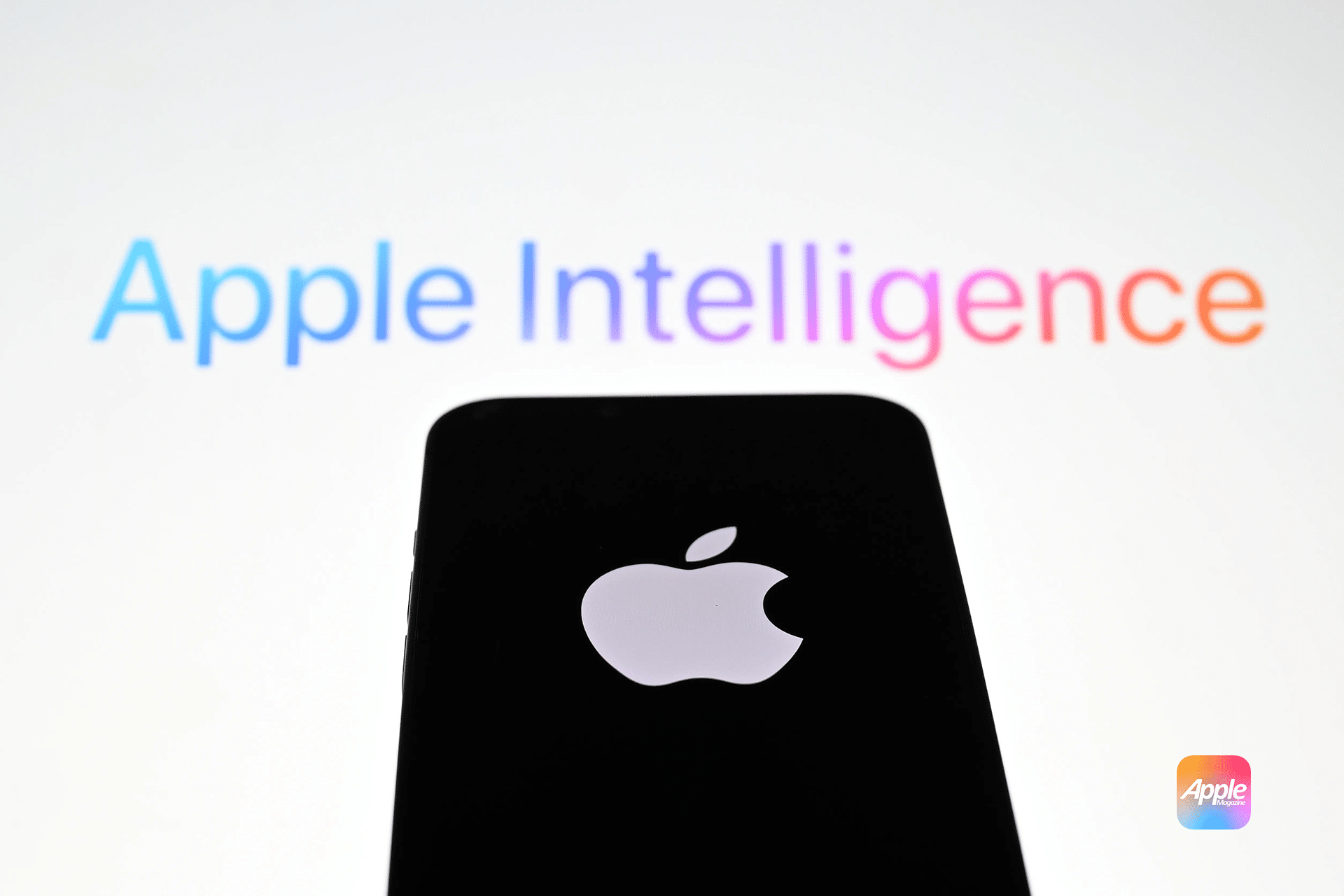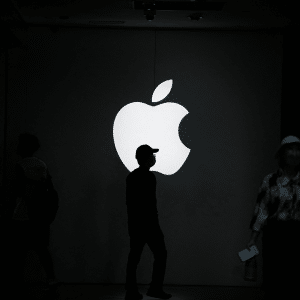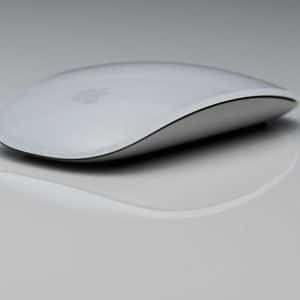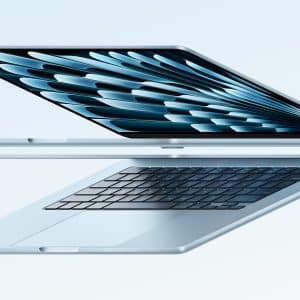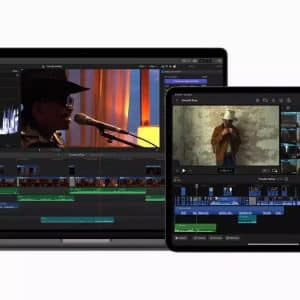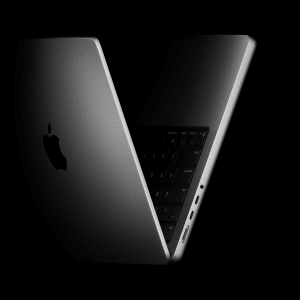Smart home UWB technology has advanced significantly in recent years, and one of the latest innovations set to improve home security locks is Ultra Wideband (UWB) smart door locks. If you own an iPhone 11 or later, you already have UWB technology built into your device, though it likely has not been utilized to its full potential yet. With the introduction of smart locks that incorporate UWB, this technology is about to become an essential part of securing homes in a way that is both highly convenient and far more secure than existing options.
The Limitations of Current Smart Locks
Many homeowners have already adopted smart locks to make access more convenient. These locks often rely on Bluetooth, NFC, or Wi-Fi to enable remote unlocking through a smartphone or wearable device. While these solutions are useful, they come with drawbacks that limit their effectiveness.
Some smart locks require a manual tap on a phone or smartwatch, which can be inconvenient when hands are full. Others rely on Bluetooth proximity unlocking, which can trigger the lock when the phone is still hundreds of feet away. This creates a potential security risk, as the door might unlock before the user even reaches their home.
Wi-Fi-enabled locks provide another alternative, but they tend to be less reliable due to connectivity issues. Delays and inconsistent unlocking behavior make them frustrating for users looking for a seamless experience. These challenges have left room for a better solution, which is where UWB technology comes into play.
What Makes Ultra Wideband Different?
Ultra Wideband technology significantly enhances smart lock functionality by providing precise proximity detection. Unlike Bluetooth, which can have a broad range, UWB is highly accurate in determining both distance and direction. This means a UWB-enabled smart lock can detect exactly when someone is approaching and unlock the door only at the right moment.
This level of precision eliminates concerns about doors unlocking too early or from an unintended direction. For instance, if a homeowner is walking toward the door, the lock will recognize their movement and unlock as they arrive. If they are simply passing by or walking away, the door remains securely locked. This ensures that access is only granted when it is truly needed, reducing the risk of unauthorized entry.
How UWB Smart Locks Work
UWB operates by sending out short-range radio signals between the phone or smartwatch and the smart lock. These signals measure the exact distance and direction, enabling a more secure and reliable unlocking process. This is the same technology used in Apple’s AirTags, which allows users to precisely locate their belongings.
When a person with a UWB-enabled device approaches their door, the lock detects both their proximity and movement. If they are heading directly toward the entrance, the door will unlock a few seconds before they arrive. This allows for a seamless experience where the user can simply turn the handle and step inside.
Real-World Testing Shows Impressive Results
The effectiveness of UWB locks has already been demonstrated in real-world testing. Technology reviewers who have tried these devices report that they function reliably even in environments with significant radio interference.
Jennifer Tuohy of The Verge tested two early UWB-powered smart locks, the Ultraloq Bolt Mission and the Schlage Sense Pro. Despite being in a highly congested trade show setting, both locks consistently unlocked at the right moment. Whether her phone was in her hand or inside a bag, the locks detected her approach and responded accordingly.
This level of accuracy represents a major improvement over previous smart lock solutions, addressing many of the frustrations users have had with existing technologies.
Security and Privacy Advantages
One of the biggest advantages of UWB technology is its security benefits. Because UWB relies on precise distance and direction tracking, it is far less susceptible to hacking or unauthorized access. Traditional smart locks using Bluetooth or Wi-Fi can be vulnerable to signal interception or relay attacks, where hackers extend the range of a device to trick the lock into opening.
UWB mitigates these risks by requiring an exact physical presence near the lock, ensuring that only an authorized person can gain entry. Additionally, because UWB signals are extremely difficult to intercept or replicate, they provide a higher level of security than other wireless unlocking methods.
Potential Downsides and Current Limitations
Despite its many advantages, UWB technology does have some limitations, particularly at this early stage. One of the primary concerns is cost. The first wave of UWB-enabled smart locks is priced around $400, making them significantly more expensive than other smart lock options on the market.
As with most new technology, prices are expected to decrease as adoption increases and more manufacturers enter the market. However, for early adopters, the higher price point may be a barrier. Another potential limitation is device compatibility. While iPhones from the 11 series onward and Apple Watch Series 6 and newer models support UWB, older devices do not. This means that users without the latest hardware will not be able to take advantage of UWB smart locks until they upgrade their devices.
Future Prospects and Market Adoption
As UWB technology becomes more widespread, it is likely to be integrated into a broader range of devices beyond iPhones and Apple Watches. Android manufacturers have also begun incorporating UWB into their smartphones, which will expand the number of users who can take advantage of UWB-enabled smart locks.
In addition to residential use, UWB smart locks have the potential to revolutionize security in commercial buildings, hotels, and office spaces. The ability to grant access with such a high level of accuracy could lead to widespread adoption in industries where security and convenience are top priorities.
Another promising development is the potential for integration with other smart home devices. For example, a UWB-enabled smart lock could trigger additional actions when someone arrives home, such as turning on lights, adjusting the thermostat, or disabling an alarm system. These features would further enhance the convenience of smart home automation.
Is It Time to Upgrade?
For those who prioritize security and convenience, UWB smart locks represent a significant improvement over existing options. The precision of UWB ensures that doors unlock only when intended, eliminating many of the drawbacks associated with Bluetooth and Wi-Fi-based solutions. While the initial cost may be high, it is likely that prices will drop as the technology becomes more mainstream.
Homeowners interested in upgrading their security system may want to keep an eye on UWB developments. As more manufacturers release UWB-enabled locks and compatibility expands across devices, this technology could become the standard for smart home security. Whether it is worth investing in right away or waiting for more affordable options depends on individual priorities and budget considerations.
With UWB technology continuing to evolve, its potential to improve security and accessibility makes it one of the most exciting innovations in smart home technology. As adoption grows, UWB smart locks are poised to offer a smarter, safer, and more seamless way to enter homes and buildings.



